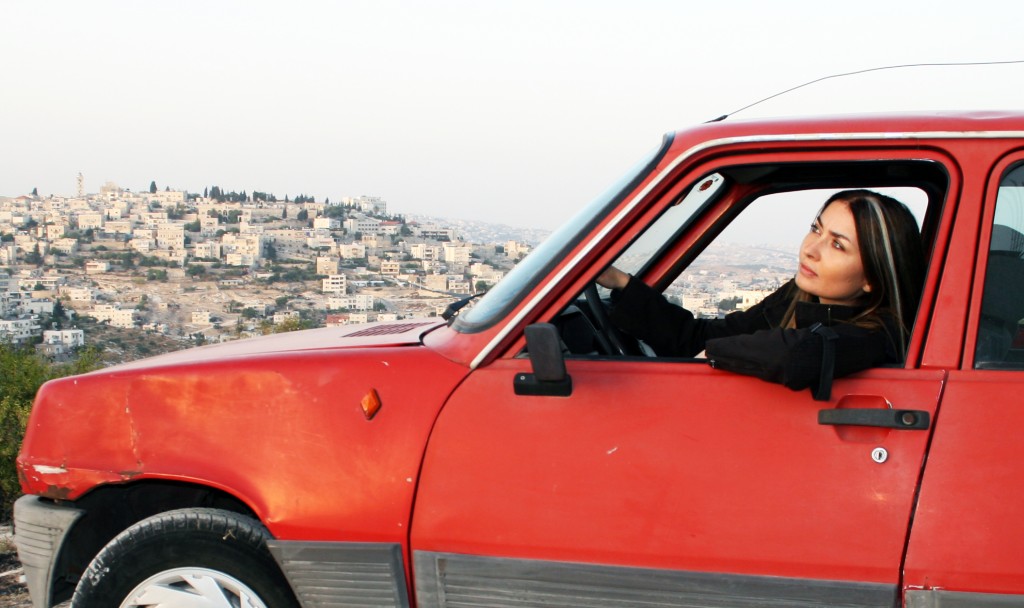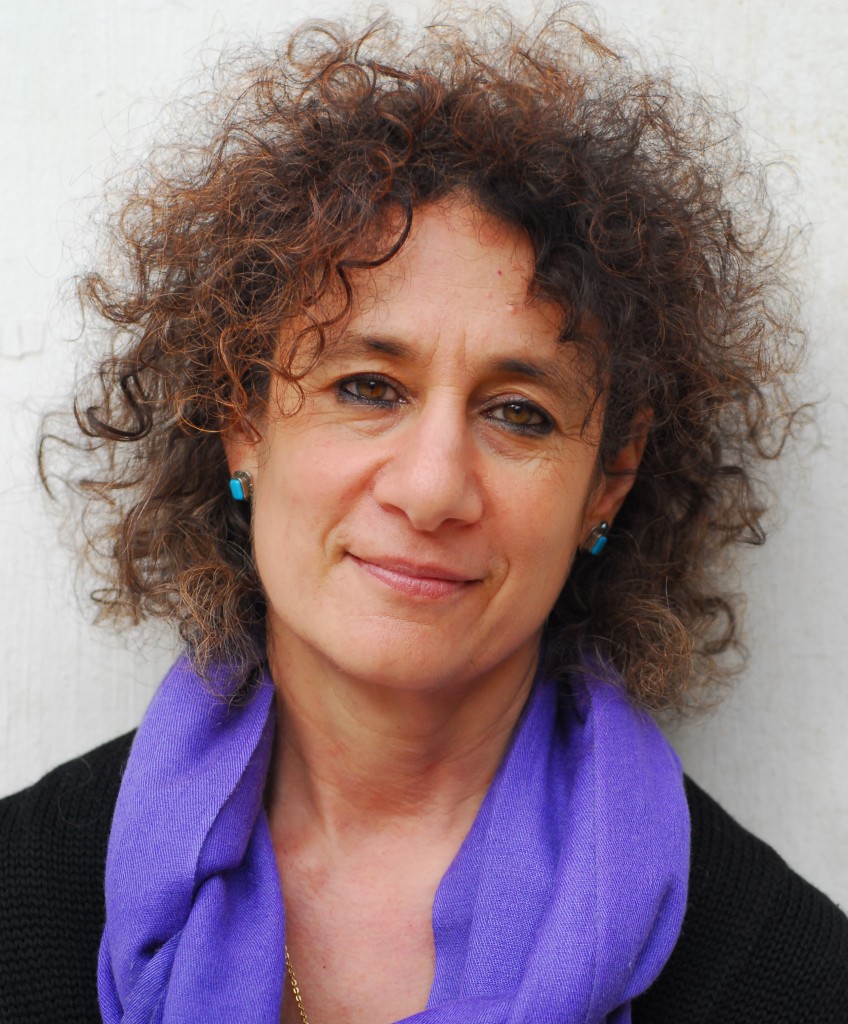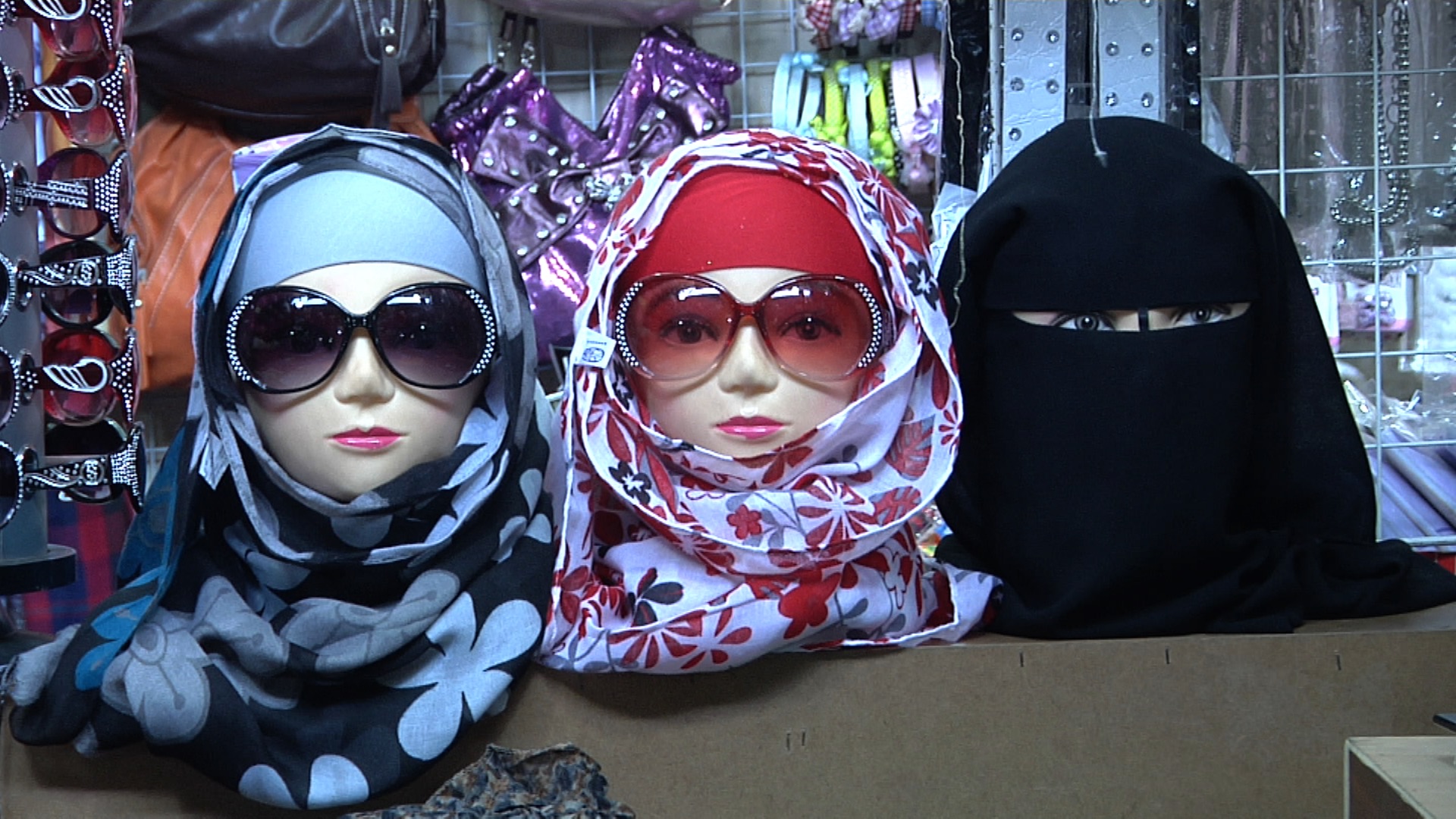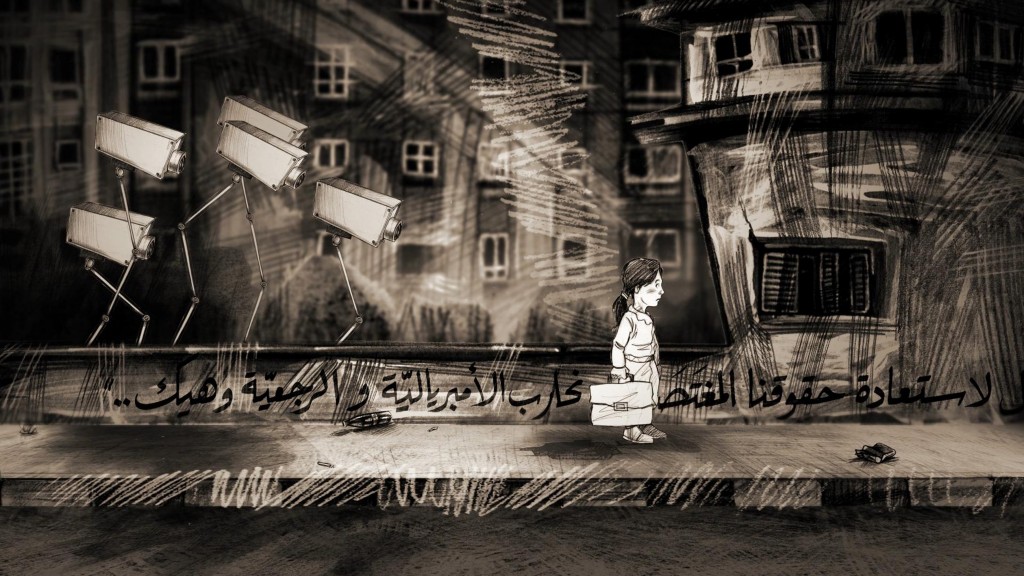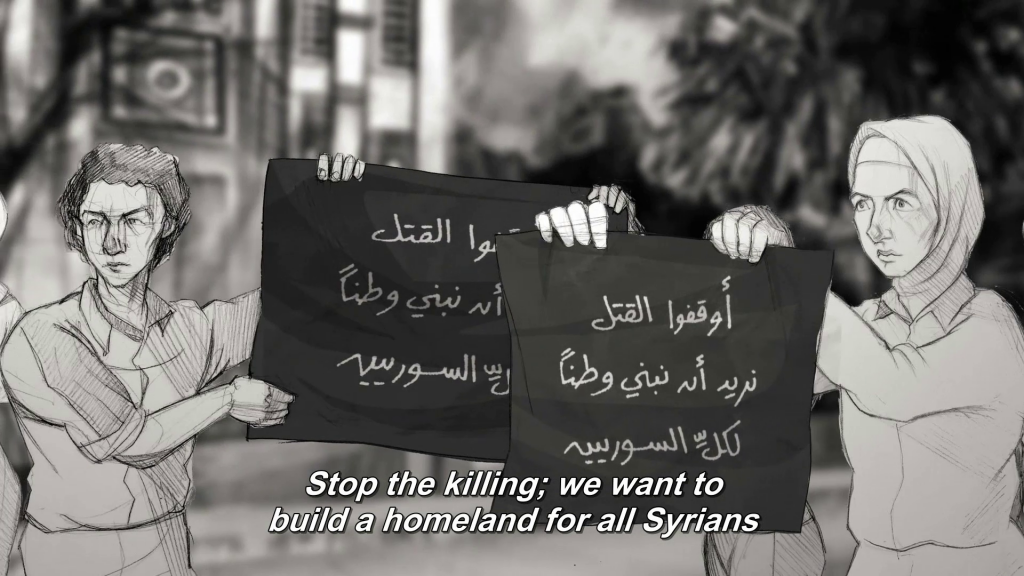Where creativity, ethics and the heart all come together
Posted by Shohini Chaudhuri
The documentary Open Bethlehem lends a fresh angle on storytelling about the Israeli-Palestinian conflict – through tourism. Director Leila Sansour and Middle Eastern studies researcher Ryvka Barnard tell us what is compelling about this approach.
In Open Bethlehem, director Leila Sansour returns to her hometown Bethlehem in 2004 after a long absence. The town is being encircled by the Israeli Separation Wall which imprisons the residents and isolates them from the rest of the world. Sansour plans to stay just one year to make a film about the Wall but, in a decision that changes the course of her life and the film she is making, she launches a campaign to open up the city. She ends up shooting the film over a period of eight years, interweaving her personal story with the story of the campaign.
At first, the international donors that she approaches want to avoid being “overtly political”. “So what were we supposed to say we were doing?” Sansour wonders. Cut to a shot of the campaign placard: “The Open Bethlehem Tourism Project”.
Yet tourism, initially adopted as a cover for the campaign, is soon revealed to be a key issue amongst Bethlehem’s residents, as many depend on it for their livelihoods. Since the building of the Wall, numbers of tourists have dwindled and most of them arrive on Israeli-organised tours to be whisked around the Nativity Church before leaving – often unaware that they are, in fact, visiting Palestine.
Sansour says a cocktail of different elements inspired her to make this film. With the repressions that followed the Second Intifada (2000-2005), “it became difficult to stay away from the situation altogether. There was a force that made me want to be more Palestinian than I was.”
Born in Moscow to a Palestinian father and Russian mother, she moved with her family to Bethlehem as a child when her father was invited to found Bethlehem University. Having left as a teenager, she felt she had lost a link with her country that she wanted to reinstate. “My father was a big inspiration in my life but Bethlehem was where we parted ways. When he died, I realised I had never invested properly in the things that he cared about so much”.
As a filmmaker, Sansour knew she could tackle the subject in an interesting way: “creativity, a sense of ethics and where your heart is all came together”. Open Bethlehem is, first and foremost, a personal story, movingly evoking her childhood and relationship with her father through home movie footage.
The film is also filled with humour which, like tourism, may not be an obvious choice of approach to crisis. Yet, in Palestine, humour is a vital strategy for dealing with the Israeli occupation’s bleak realities. “No matter what hard times we go through, humour is part of the make-up of commentary and reflection on the world around us,” Sansour explains. The absurdity of the occupation itself provides material for humour. “People are humorous as the situation is unfolding in front of them all the time, so they always have that strange, situational humour going on”.
As Ryvka Barnard, an expert on the politics of tourism in Palestine, remarks, “We think of tourism so often as a non-politicised space”. Open Bethlehem is playful with this idea, and subtly challenges it. “As the film unfolds, you start to see how every piece of tourism is a politicised sphere in Palestine. It’s a really beautiful way to introduce the concept and open up a range of topics: the violence of the occupation, questions about home and exile, questions about positionality”.
Growing up in an American-Jewish household, Barnard went on trips to Israel as a child without realising that she was travelling into Palestinian territory – that was how the tours were designed. “They didn’t present different territories. There was no conversation about what the land was before the State of Israel. We moved in and out of the West Bank seamlessly”. This gave the impression that the entire territory was Israeli space and, additionally, “for Zionist tourists, that it all belongs to you, even if you have no particular connection to the place”.
Later on, when she became politicised, Barnard returned to the same places as an anti-Zionist activist and tour guide for other activists, experiencing those places completely differently. “It was my first understanding of what it meant to move between different spaces”, a routine experience for Palestinians barred from travelling to places that Jewish Israelis and foreign tourists are free to go.
One reason why tourism lends an illuminating perspective is the significance of maps. “As a tourist, the first thing you do is look at the map to see where you’re going”, says Barnard. “That’s already a politicised issue, because it depends on what map you’re looking at”. To create the Israeli state, the Zionist project overlaid its map onto historic Palestine. It tried to forge links with biblical lands through acts of renaming that erased the past’s complex layers in favour of an exclusively Jewish one. “In tourism, we have very simple contemporary examples of how Israel continues to do that”. In particular, tourist maps help to normalise the Jewish settlement presence in the West Bank.
Open Bethlehem powerfully conveys this aspect in its scenes about Rachel’s Tomb. Built in Bethlehem on the site where the biblical matriarch Rachel is said to have died, Rachel’s Tomb has been cordoned off from the rest of the town and claimed as the Jewish state’s exclusive property – part of an ongoing attempt to take over more land and turn it into Israel.
Along with the construction of the Wall and settlements, Israel has appropriated large areas of the Bethlehem District, transforming them into nature reserves, closed military zones, Jewish-only highways and other areas off-limits to Palestinians. “We’re trying to raise awareness and sensitivity to what it means to destroy or lose a city like this”, Sansour says. “But also to make it speak for the rest of Palestine and the dangers and challenges that Palestinians face today.”
The Open Bethlehem campaign is part of a growing alternative tourism industry that uses tourism to highlight or counteract the effects of the occupation. “We wanted to promote intelligent visits to Bethlehem to allow people more insight, and genuinely more interaction with the reality, society and community in Bethlehem. And to promote visits from the political establishment in the West, to try and bring the issue high up on the agenda”.
In recent years, there has been an increased interest in exploring Palestinian identity and history through heritage as well as art and film. As a case in point, Barnard mentions this year’s opening of the Palestinian Museum in Birzeit. While there has been a long history of exploring these issues through Palestinian art, “questions of the future are looming very intensely”. The renewed interest in tourism and heritage is part of an attempt to grapple with that.
Open Bethlehem will be screening at The Mosaic Rooms on 8 June, 2016, 6.30pm. This is the second event in The Mosaic Rooms’ series Crisis and Creativity: A Season of Contemporary Films from and about the Arab World curated by Shohini Chaudhuri.
To book tickets, click here.
